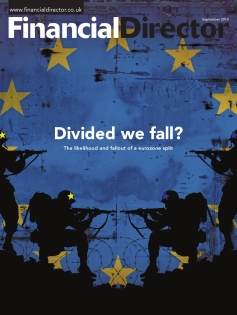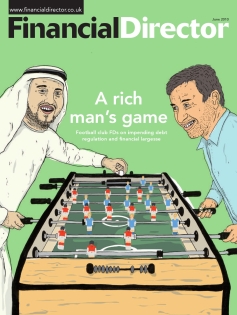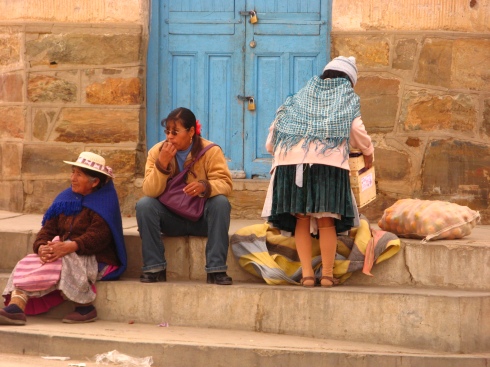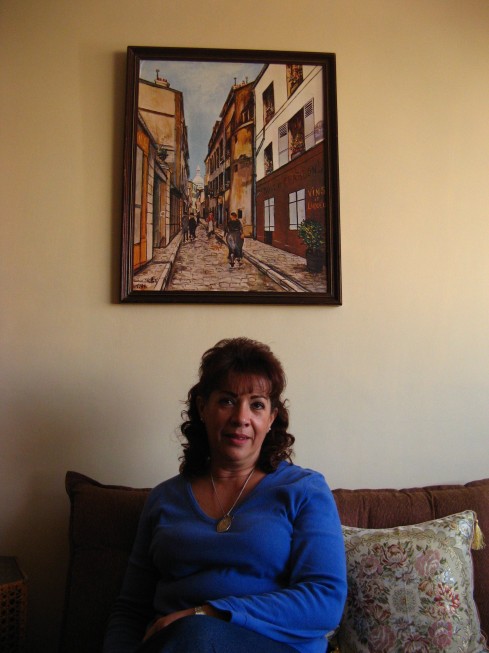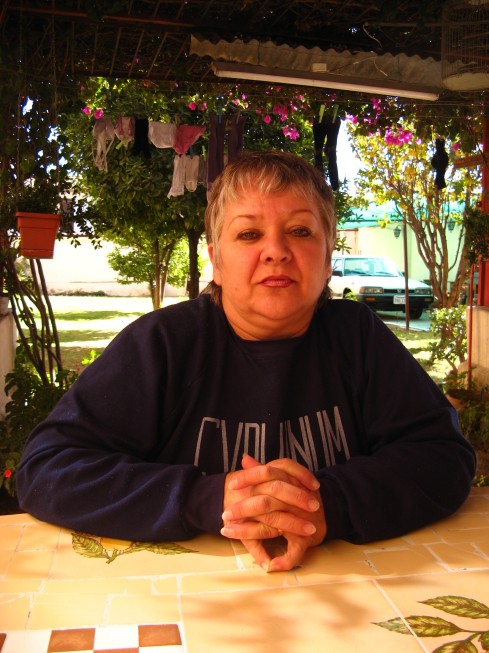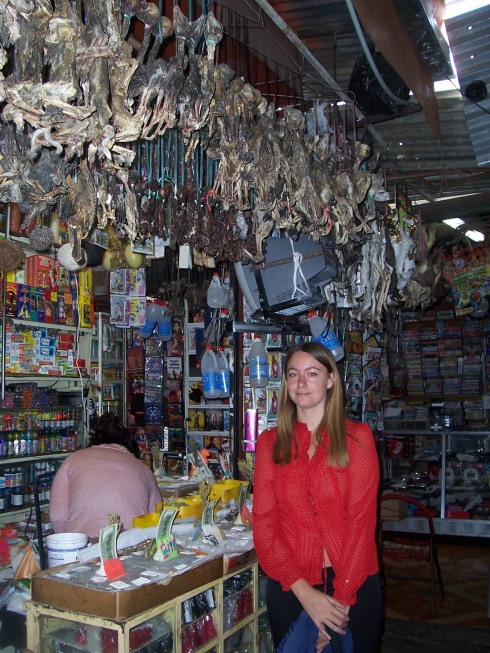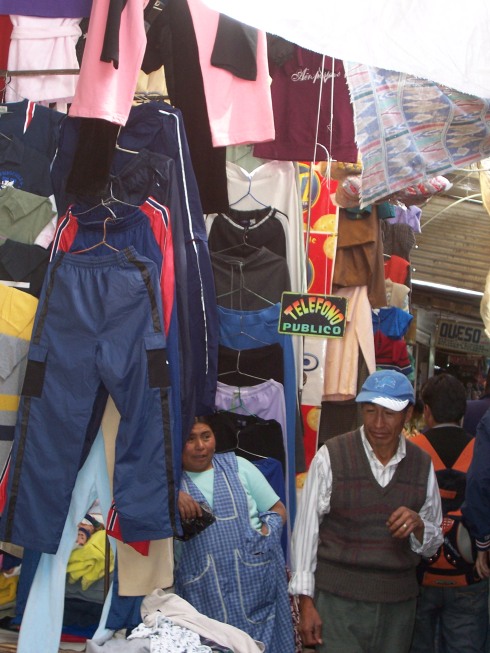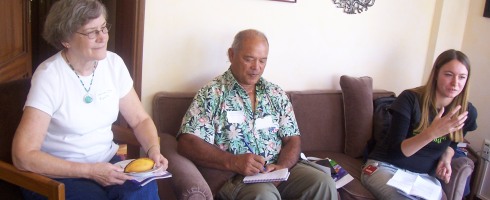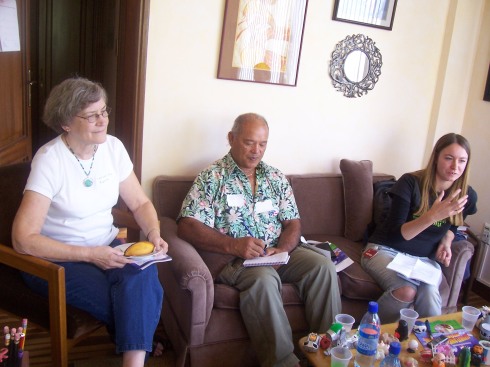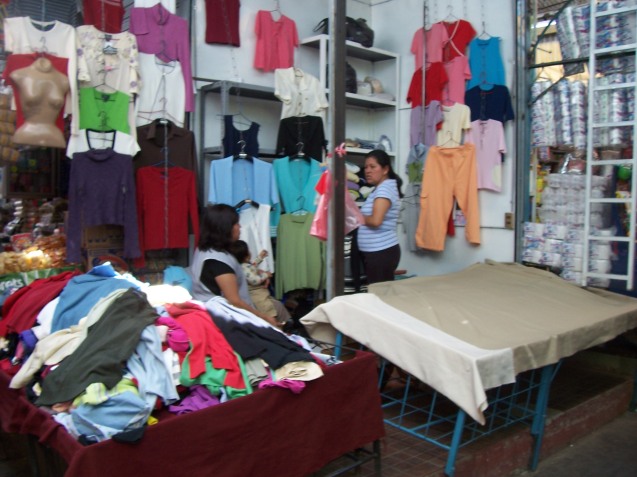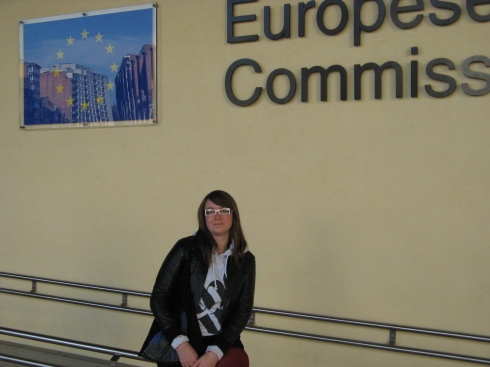Just having a browse of my old work as deputy editor of Families In Business magazine, now called Campden FB. I had a LOT of fun persuading a lot of highly secretive, press-shy, filthy rich business families to step into the light for an hour and let me ask them what happened round their kitchen and boardroom tables. The one I’ve selected here, from 2006, was super cool for me; I’d not done much on Asia and it gave me a fresh perspective on family business, on business on the other side of the world (this was before I’d done any backpacking) and made me think. Just last year I was in my local Chinese food shop when I came across an aisle of Lee Kum Kee sauces; I was pretty excited and I bought their plum sauce as a souvenir. Incidentally, it’s exactly like the sauce you get with peking duck and pancakes, which makes it a blockbuster in my mind. Have a read.
Tasting Times
How do you inspire a generation with its own career aspirations and dreams to want to join and lead the family business? That’s the task for Chinese sauces giant Lee Kum Kee, as David Lee tells Melanie Stern
There is a saying in Mandarin: “Si Li Ji Ren”. The translation: put others first, before yourself. This runs right to the heart of what it is to be Chinese, to consider at all times other people’s needs and feelings before your own, to never lose yourself or cause another to lose mianzi (face) by expressing one’s own opinion or desires too directly.
And then there is European and North American culture, positively self-centred and garishly outspoken in comparison, right down to the smallest gestures. Still, somehow, millions of Chinese managed to have successfully navigated these nuances, settled and built businesses on these continents. But only recently have their children had to begin navigating the delicate path between the opportunities afforded by the country of their birth, and the traditions nurtured by their immigrant parents.
The 14 members of the Lee family’s fifth generation, inheritors of food and sauces giant Lee Kum Kee are in such a position. Lee Kum Kee is one of China’s most resilient laozihao with operations across the globe, headquartered in Hong Kong. Turning 118 years old this year, still 100% owned by the family and principally run by brothers Eddy, David, Charlie and Sammy, the third and fourth generations currently running the company hope the firm can continue under family/owner-management beyond their own tenure.
Meanwhile, though, those of the fifth Lee generation who are old enough (there are 14 children between the ages of 3 and 23) have pursued studies and interests far removed from the business,including art and hospitality. After much consultation with family business academics to come up with a way to introduce this generation to the family business, David Lee (pictured) was chosen to lead the family’s newly-formed Family Training Centre.
It falls to David to connect the hearts and minds of the young Lees with the business, while concurrently nurturing their individual passions and ideas whether they lie within the family business or not. As chairman of Lee Kum Kee’s US and European operations (he is in his 26th year of service at the firm) and one of the fourth generation brothers running the business overlooked by their father Lee Man Tat, David admits leading the business has not prepared him for leading the family. “I read an interview with Carlos Ghosn recently in which he said that being a good husband and father was much harder than being a good chief executive,” he tells Families in Business. “I have the same feeling; this task is much harder than I thought it would be. When you’re doing business you can move quickly. But with the children, that just doesn’t work. It takes time and patience.”
With the diverse interests these malleable young minds present to the family, the Lees knew the plain-vanilla sales trainee-to-management route was too restrictive a prospect with which to provide inspiration. They put in place a structure formalising the key operations of the business and the family. A family council encompasses the business, as well as the family office, a philanthropic foundation, family investment function and the family training centre – each run by a family member. The fifth generation can choose to get involved in any of these routes.
“No one has to work directly in the business if they don’t choose to,” says David. “Our new model is all about contribution to the family, and how we can help the next generation contribute. We can only try to inspire, to provide the right environment and opportunities for them – we can’t force them.”
He quotes a Mandarin saying, translating as ‘win, win win’: “You win, I win, together we win. It’s a very important idea for Chinese people”.
David himself, like his brothers and his father before him, had a less democratic introduction to the family business. In 1982, his father asked him to leave his job at RJR to turn debt collector for Lee Kum Kee’s non-paying American clients who had almost plunged the firm into to a credit crisis. “I dropped everything,” David recalls, founding the firm’s US office and recalling the debts. “I was a one man band.” Three years later David had set up another office in New York. Stepping in when the family needed it could not have proven to be a more important step for the firm’s overall growth. It led to David becoming one of the architects of the business as it stands today, having opened factories in the US and Malaysia, run international marketing operations, and overseen growth on both sides of the Atlantic that proved to be crucial in diversifying the business out of China and Asia. That’s not to mention steering the firm’s finances through the 1997 Asian financial crisis and its fallout.
That said, David shies away from talking about his own achievements, or even about the business’ products – many of which are market leaders the world over, to say nothing of the Lee Kum Kee brand, ubiquitous in China and one of the best known in its field globally. He prefers to focus on the family unit and its evolution.
“We decided the family was more important than the business when we were looking at our new structure,” he explains. “We say that if the family isn’t doing right, the business will only get hurt. So the family is the priority. Our mission is to ensure the continuity of the company by becoming the model or family enterprise, to embrace Chinese culture and create a meaningful legacy.”
This aim was a catalyst in the decision to find a non-family group chief executive officer, “So the family could focus on growing family talent for the future”, says David. This July, Stephen Lui Song Tien, a chemistry professor with three decades of corporate experience from running a Hong Kong healthcare firm to playing Chinese ambassador to the British Chamber of Commerce, succeeded to the role. Aside from the two non-executive directors Michael Sze, an independent non-executive director for Swire Pacific, and Eddy Fong, Stephen is the only non-family person at board level with Lee Kum Kee.
The Lee family’s business wouldn’t be around today if it were not for a classic error made by David’s great-grandfather. Legend has it that he was the inventor of oyster sauce, a popular base for much Chinese cooking. The proprietor of a small oyster restaurant in the ‘Nan Shui’ Guangdong Province along the South Sea Coast of China, Lee Kum Sheung invented the sauce by putting on a pot of oysters to cook and then simply forgetting they were there. Returning much later to the pot and noticing his mistake, he took a spoonful of the thick, potent-smelling paste that the oysters had boiled down into, and noticed that the results weren’t that bad. Lee started making more of his happy mistake, selling it in ceramic jars, and it quickly caught on as a staple flavouring for simple Chinese foods, later becoming ubiquitous throughout China and today, the world. There are many brands of oyster sauce now, but Lee Kum Kee is the largest. “Wherever there are Chinese, there are Lee Kum Kee products”, says the family.
The firm sells several types of oyster sauce, soy sauce, chilli sauces and a range of products reflecting cuisine across different Chinese provinces. Lee Kum Kee has launched several versions of oyster sauce over the years that have each boosted its brand and popularity. The 1972 launch of Panda Oyster Sauce capitalised on Chairman Mao’s gift of a pair of the cuddly-looking creatures to Richard Nixon, in his efforts to secure diplomatic relations with the US over the annexing of Taiwan. The 1992 launch of XO Sauce, a premium brand marketed to resemble the Cognac grade XO, considered very chic in Hong Kong, is Googleable to the tune of 267,000 entries.
The Lee Kum Kee brand is trusted enough to have clinched a prestigious deal in 2005 with Disney, surely among the most risk-averse of firms, as the official sponsor of Disneyland Hong Kong. Mandated to create a wide-ranging menu of Chinese and international-fusion foods palatable for local and foreign visitors to the park, the deal looks heaven sent for a firm whose mission rests on the concept of bridging world cultures through Chinese food.
But the concern surrounding soy sauce products and chloropropanols remains pertinent for Lee Kum Kee and its peers. The chemical is said to pose a problem when soy beans are fermented by industrial processes, known to allow the naturally-occurring bacteria to enter the food chain, rather than by natural fermentation, deemed to eliminate this issue – but at a far greater cost and much slower production time. As demand for products moves skyward, competition forces businesses to be ever more time and money-efficient, and food industry regulators move the goalposts with abandon, running Lee Kum Kee is an expensive matter. And the Lee family can never take their eyes off the ball.
So far, though, they’ve managed not to. Like so many other companies, Lee Kum Kee pays a lot of lip service to striving for excellence. But one can’t argue with the firm’s long list of awards, many of which recognise long-standing efforts in quality control and the Lee family’s management clout. In 1995, the firm became Hong Kong’s first to gain ISO 9002 accreditation from the Hong Kong Quality Assurance Agency and British Standards Institution, achieving ISO certification upgrades in 2003 in Hong Kong and the US; in 1998 the company received accreditation from the prestigious American Institute of Baking. The Federation of Hong Kong awarded Q-Mark licenses, the equivalent of ISO, to four of Lee Kum Kee’s sauces in 2004 and 2005. Various gongs recognising the potency of Lee Kum Kee’s brand in Asia and the rest of the world have been thrown their way too, not least the 2002 Yahoo! Emotive Brand award for the names Hong Kong consumers most associate with cosy childhood memories.
Having taken good care of the business, the Lee family is now focused on the common element running through all its achievements – itself – and strengthening it in any way possible to lead the company through its next 118 years.
Regular family retreats are booked to encourage open discussion of problems and foster a strong meritocracy. These provide the best opportunity for Lee elders to spend time with the younger generation. “We have another family retreat coming up shortly. When we’re there I’ll ask my father to tell stories to the children about the hardships he has experienced in his time. A company this old always has stories of people making sacrifices and we shouldn’t waste our past. My dad is also learning from us too, understanding how we do things, and we’re all coming up with ideas. But there are certain principles that just hold true and my dad can tell the children about that.” When asked to name a couple of leaders he admires, it’s his dad, Lee Man Tat, who provides the inspiration. “He’s so open minded,” Lee says warmly. “And at 77 years old he has a passion for this family and our business that I’m totally moved by. He has so much energy and I have to admit, I don’t think this company would be here now without him. I know he dreams about the company every night. We can all learn from that. But I know our children won’t, and can’t, be exactly like him because, they’re from a different era.”
Reorganising the family in preparation for a generational shift has been refreshing, says David, but challenging for everyone concerned. The family council and a new structure is in place, giving the children different options. A two-year rotation of family members and executive positions is in force to provide variety and ensure everyone is prepared to handle the different aspects of the business. A shiny new family constitution decrees that the fifth generation must complete 3-5 years’ employment outside the business, and have at least one promotion to show for it, before they join. The IMD has been fully briefed. Now all that is left is simply for the passage of time to do its thing.
“We’ve so many new rules and regulations for the next generation now, if they want to enter the business,” Lee says. “I’ve already noticed their different strengths, but we shouldn’t start grooming them unless they show a genuine passion for our business.”
Tags: Campden FB


